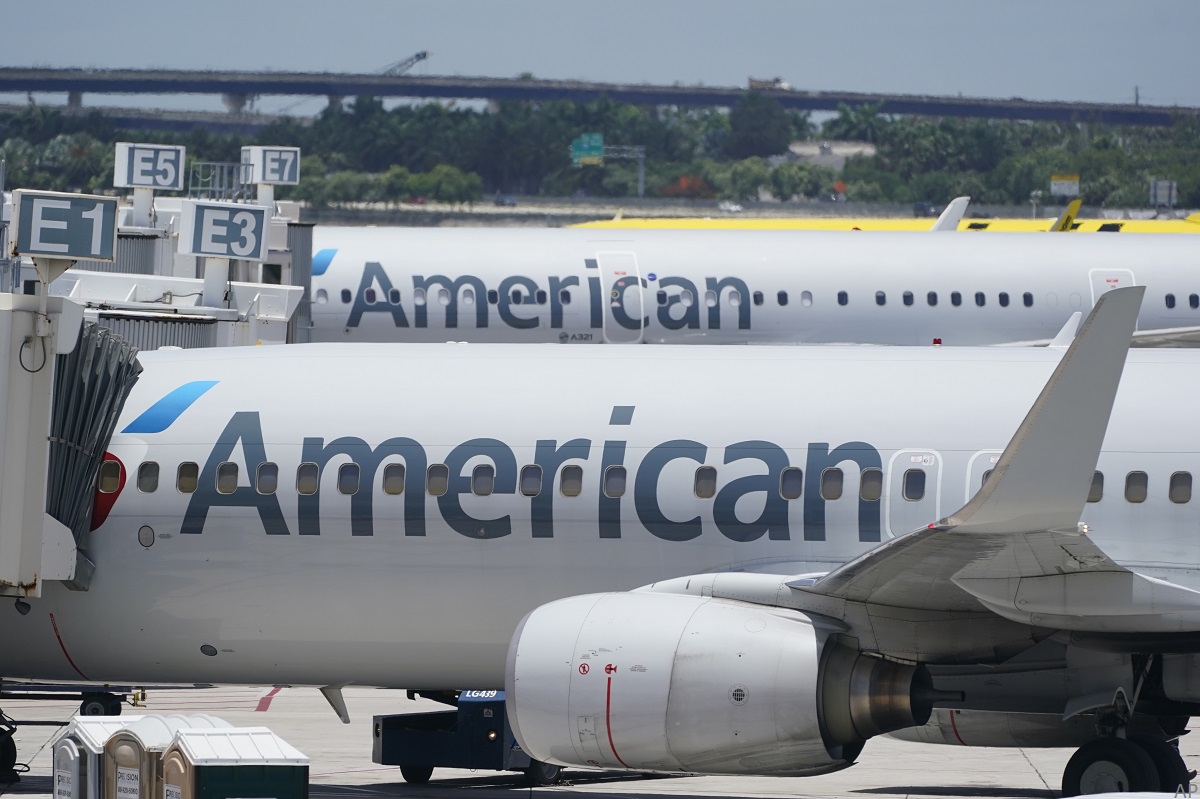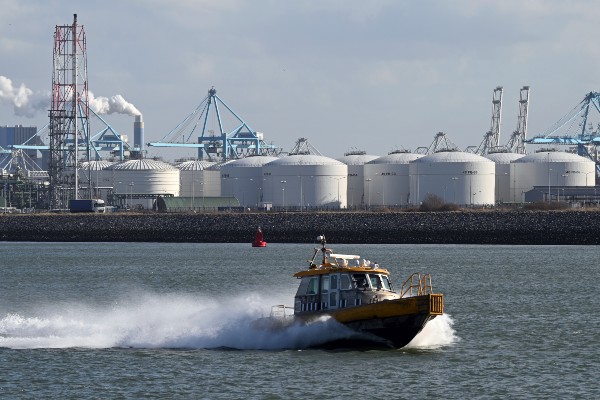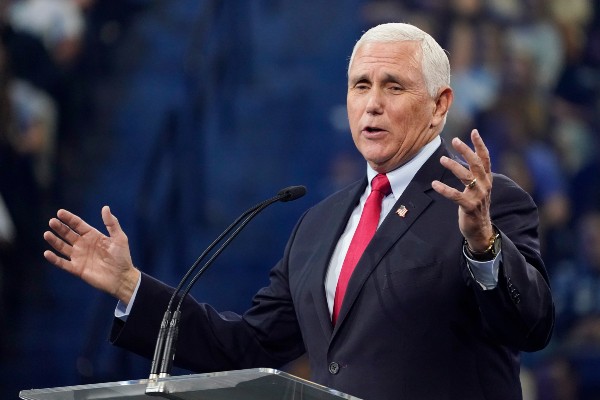
Once viewed as the future of green cars, hydrogen fuel cells (HFC) "have fallen behind electric vehicle production," states Jonathan Geurkink, analyst, emerging technologies at Pitchbook Data.
However, they are gaining momentum in other areas, notably in aerospace, "where hydrogen fuel has the potential to be superior to gas and electric alternatives," he adds.
Hydrogen adoption has the potential to solve the big pollution problem facing airlines. “The aviation industry currently accounts for about 2.1% of all human-induced carbon dioxide (CO2) emissions in the world, but it is expected to be one of the fastest growing sources over the next few decades as demand for passenger aviation continues to rise,” says Cheryl Wilson, ESG senior manager at Capital Group. “Growth and adoption of HFCs in aviation that produces mere water vapour in their contrails can potentially make a significant dent in future global carbon levels,” Geurkink highlights.
Liquid hydrogen promises a zero-carbon footprint if it is produced from renewable sources of energy. Unfortunately, all hydrogen production in 2020 was still grey (from non-renewable sources), the International Renewable Energy Agency (IRENA) estimates, but it forecasts clean hydrogen will rise to represent 12% of final energy demand in 2050.
High Performance Hydrogen
Just as interesting as its zero-carbon promise, liquid hydrogen’s value resides in its remarkable performance.
It weighs in at 120 megajoules per kilogram (MJ/kg), while gasoline comes in at about 45 MJ/kg, and lithium-ion batteries at barely 1.0 MJ/kg. It is still "between 60 to 100 times better than today’s electric vehicle lithium-ion batteries," Geurkink indicates.
However, gasoline offers a much greater bang for the space it occupies. At about 35 megajoules per litre (MJ/L), it stands well above liquid hydrogen’s 8 MJ/L and lithium-ion batteries’ 2.5 MJ/L.
H2 also has an infrastructure challenge. Because it is such a small molecule, "transporting significant quantities through pipelines is prone to leakage," Geurkink points out. What’s worse, over time, hydrogen tends to work its way into the grain structure of steel used in pipelines, weakening the steel’s strength through a process called hydrogen embrittlement.
Most projections, like IRENA's, don’t see liquid hydrogen playing a significant role before 2050. For example, the Netherlands Aerospace Centre and the Mission Possible Partnership allot it a share of barely 20% as a source of energy by then.
BloombergNEF is more optimistic, giving it a lion’s share of about 55% of the energy mix in 2050, but the International Energy Agency is pessimistic, predicting that it won’t occupy more than 1% of energy sources by then.
Cheryl Wilson considers that liquid hydrogen won’t have a place until new aircraft designs and new motor technologies are available, essentially to accommodate the larger fuel tanks and added weight H2 requires.
In the meantime, airlines will count on sustainable aviation fuels (SAF). But such fuels are also but young. "In 2018, less than 0.01% of aviation fuel came from alternative sources," reports a 2021 working paper by the International Council on Clean Transportation.
Corn in the Tank
The most readily available SAF sources are vegetable oils like used cooking oil, corn oil and soybean oil, which have direct greenhouse gas emission levels ranging between 15% to 40% of fossil fuels. Other sources come from agricultural residues, forestry residues and municipal sewage waste with 0% non-biological content.
However, even though SAFs have low carbon-emissions, they run into other problems.
For example, oils from vegetable sources run up against what Cheryl Wilson calls the "food versus fuel" controversy. "Will we run into feedstock challenges?" she asks, "It’s possible."
There are also life cycle analysis and displacement challenges by which low emissions are neutralised by high emissions production processes. The ultimate result, concludes the ICCT report, is that "the wide variation in climate impacts across different SAF feedstocks and conversion technologies illustrates that simply displacing petroleum jet fuel with any alternative jet fuel will be insufficient to drive deep decarbonization in aviation.
"Aviation is a hard-to-decarbonise industry," Cheryl Wilson confirms. There is no clear path to meeting the net-zero target. To meet that challenge, the industry will probably need to develop SAFs and liquid hydrogen.
Technology Beginning to Take Flight
But technology certainly has a way of rising to challenges, as developments in H2 are already underway, Geurkink reports. ZeroAvia, a startup which has received funding from British Airways and Amazon, is a company working to meet that challenge in a very pragmatic approach that tries to work around the extremely long process of regulatory certification. Geurkink also points to a French early-stage startup, Beyond Aero, that plans to develop and build a medium-range, hydrogen fuel cell-powered plane.
Rather than design and certify a new plane, ZeroAvia's strategy is to repower existing and already-certified airframe models with its fuel cell power plant and electric motor. "Its first commercial offering slated for 2024 will provide a 300-nautical-mile range for a nine- to 19-seat configuration. By 2035, the company plans to power a 200-seat aircraft with 3,000-nautical-mile capability," Geurking writes.
Zero Avia also addresses liquid hydrogen’s infrastructure hurdle which hinders fuel cell electric vehicle adoption. The company has developed a scheme to locally generate and store green hydrogen.










:quality(80)/cloudfront-us-east-1.images.arcpublishing.com/morningstar/6BCTH5O2DVGYHBA4UDPCFNXA7M.png)

















